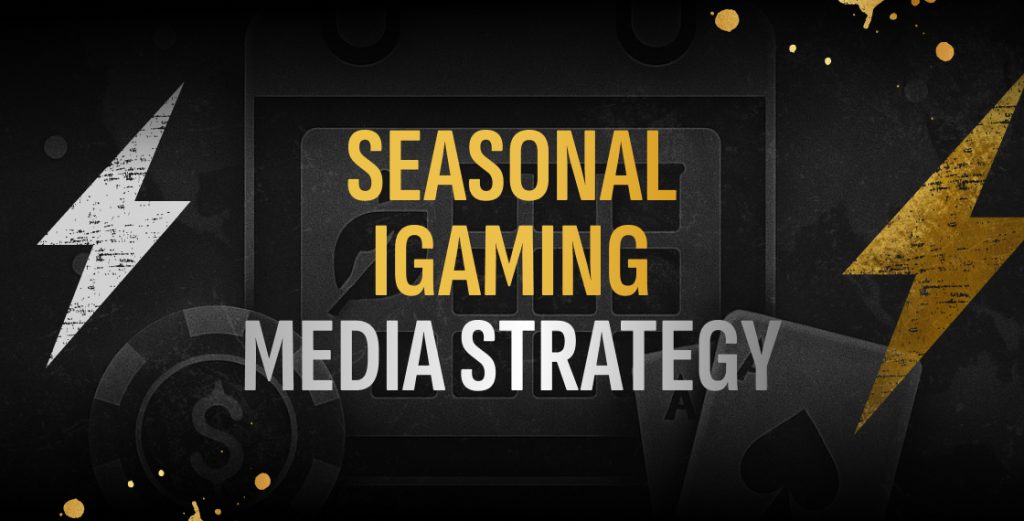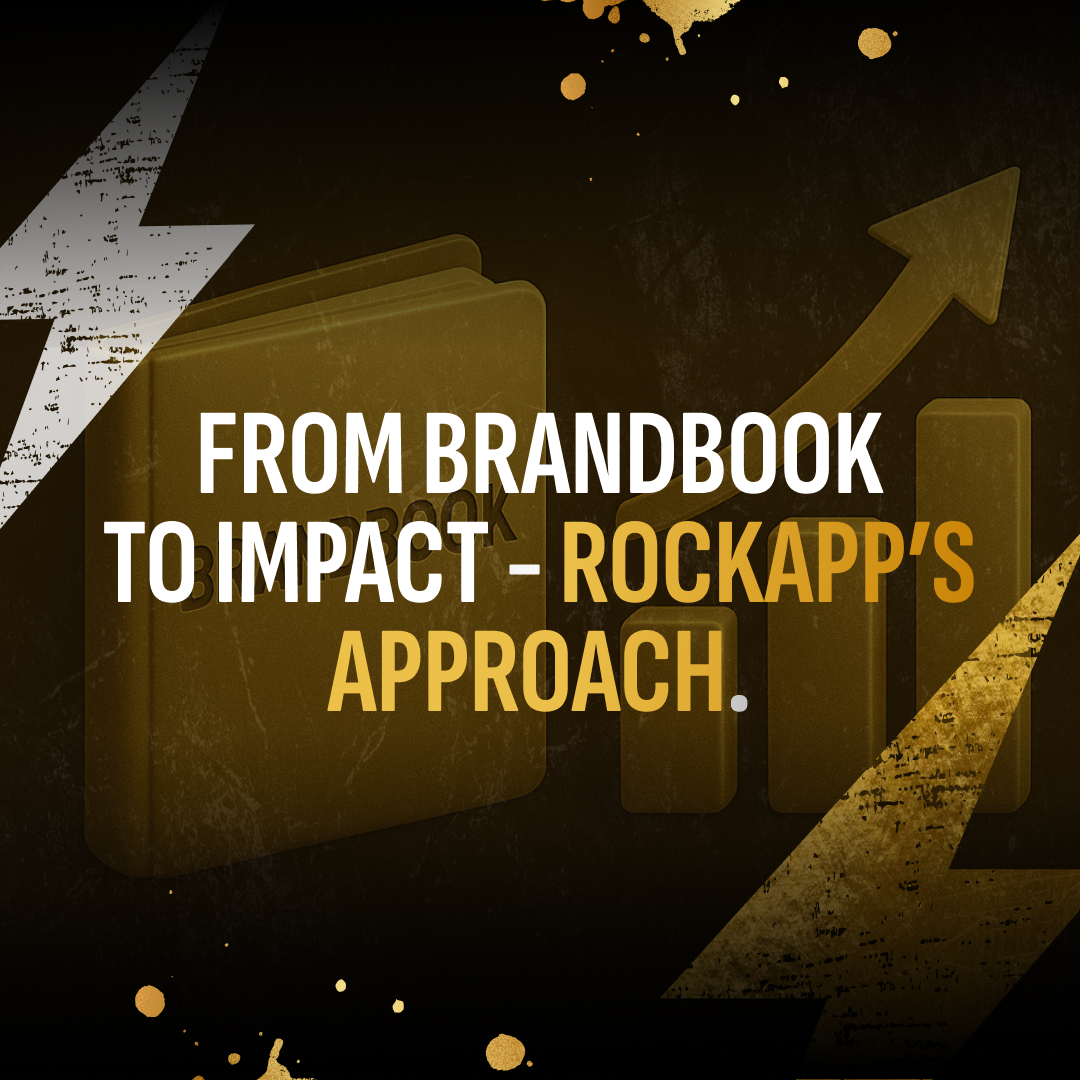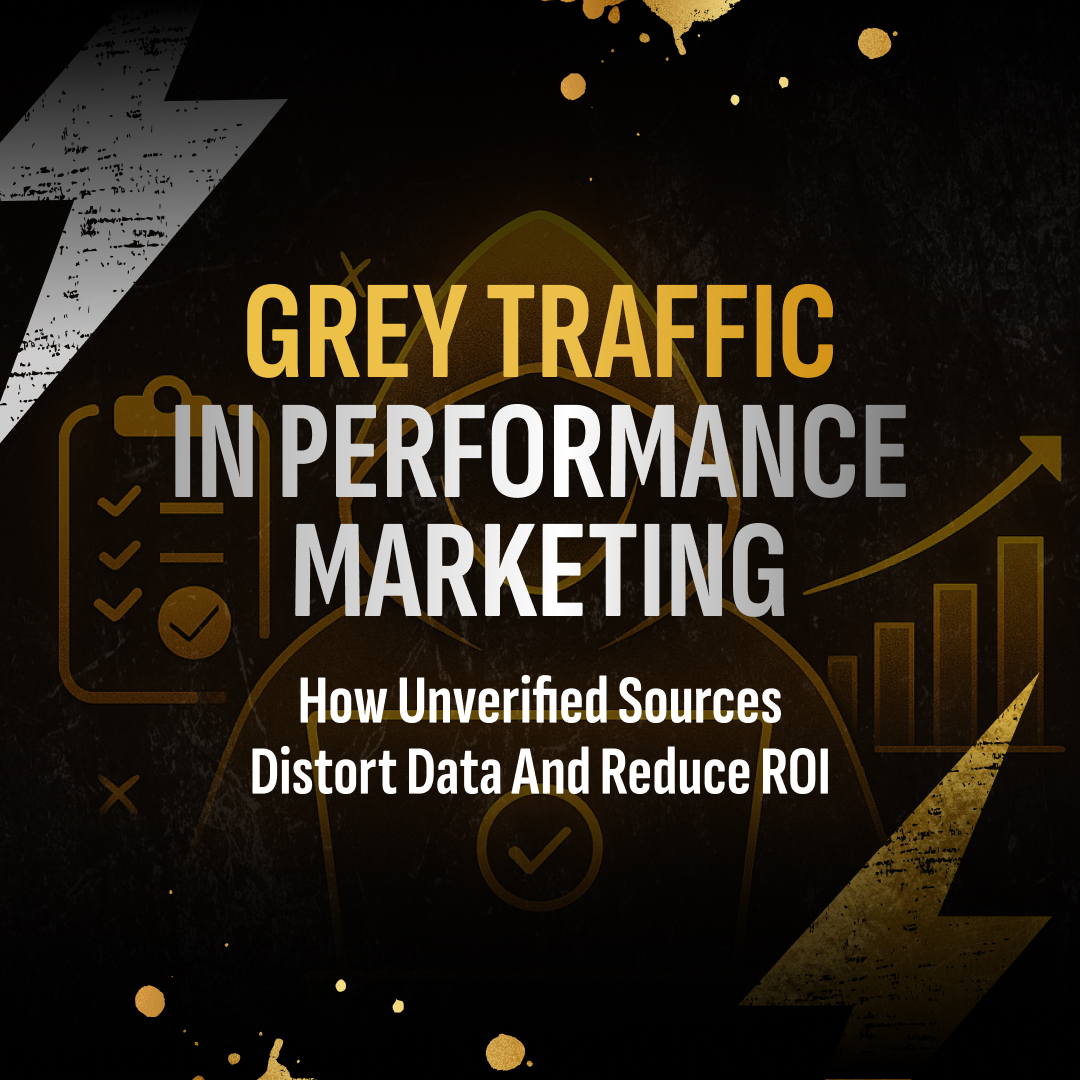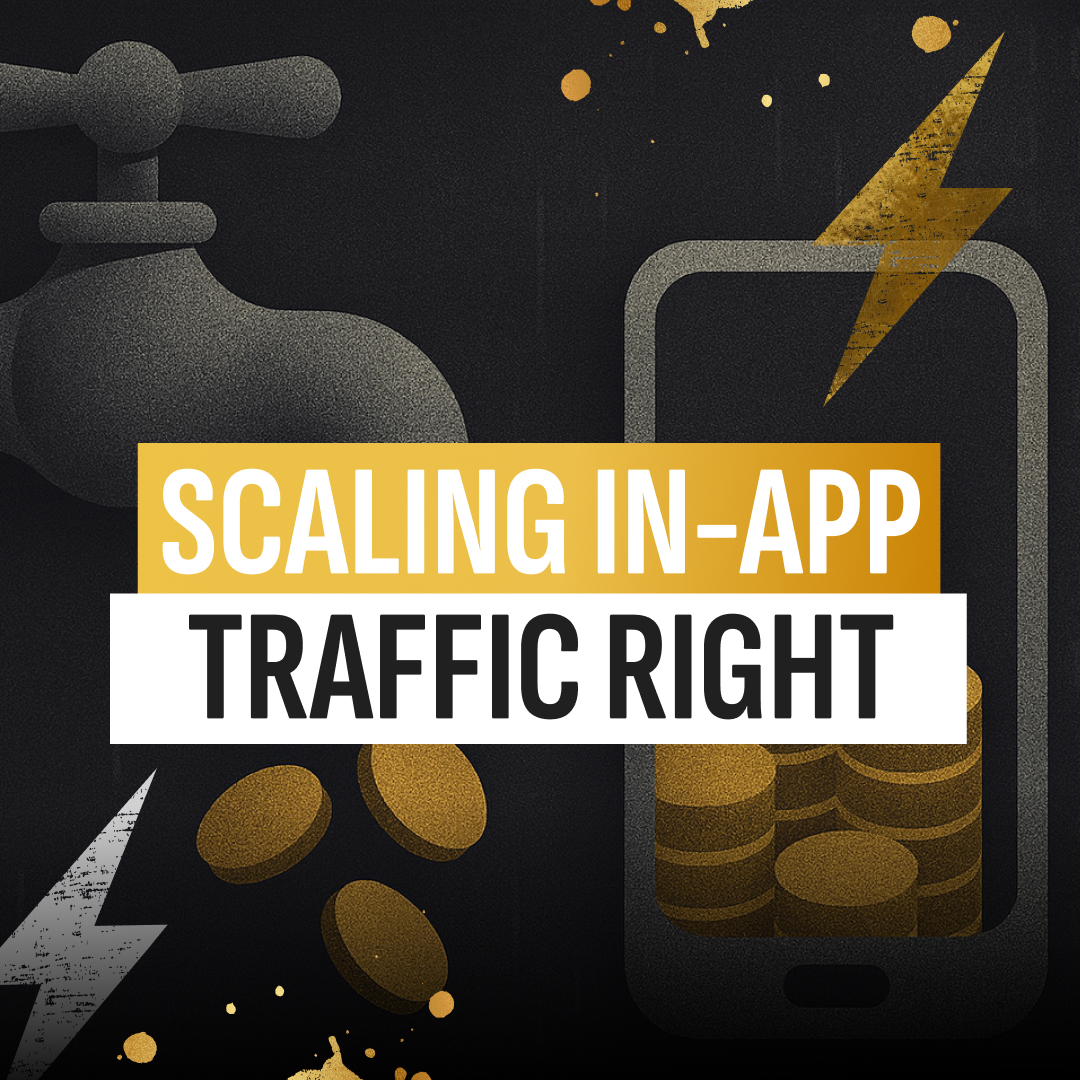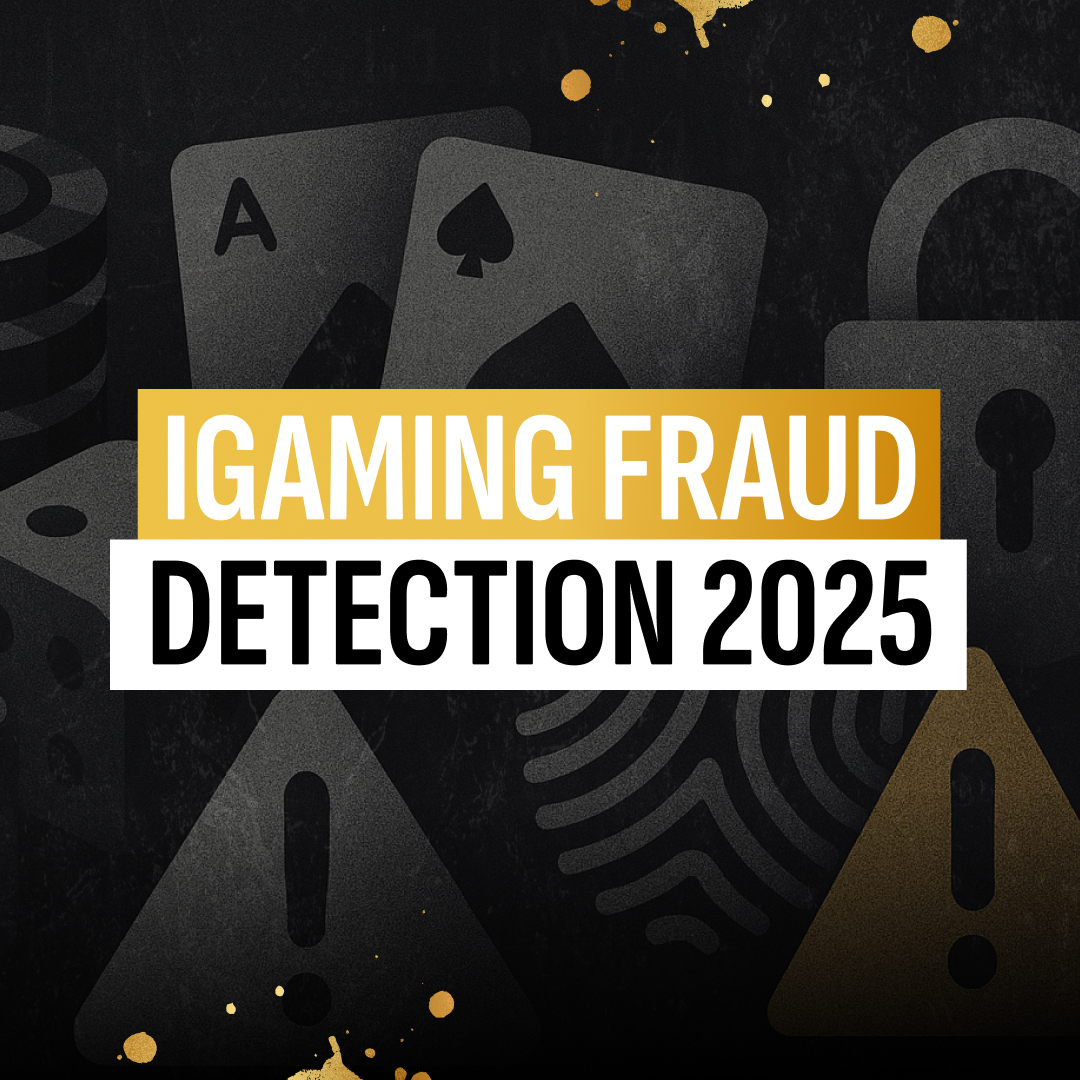At RockApp, we plan and buy media with one goal: driving real user acquisition at scale. But scale doesn’t happen in a vacuum. In iGaming, seasonality remains one of the most decisive - and often underestimated - factors shaping campaign performance.
We’ve seen it firsthand across hundreds of campaigns. Player engagement, acquisition costs, and channel performance all shift meaningfully throughout the year. Successful brands account for these cycles.
Our team spent the past three years tracking iGaming marketing trends in Europe, analyzing data from 2022 to 2025. Here’s how seasonal patterns shape strategy, spend, and creative - and what we do to help clients stay ahead.
Understanding the Seasonal Patterns
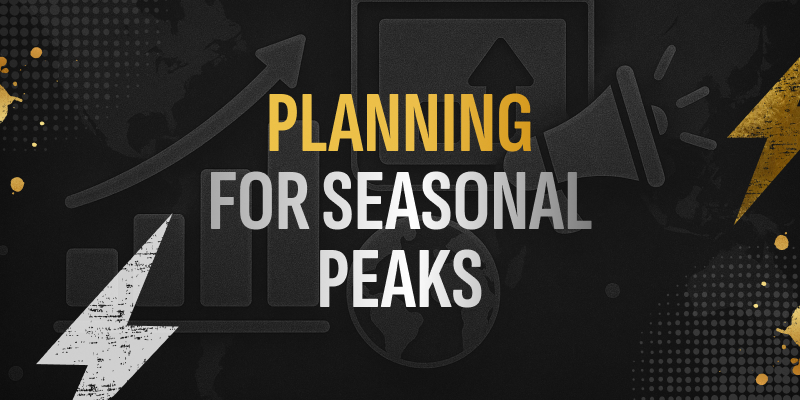
Seasonality is not noise. It’s a planning variable. We see consistent, repeating cycles that affect everything from CPA to creative strategy.
Q1 (January-March):
This is the winter engagement surge. Cold weather, holidays, and indoor time drive activity. New Year promotions perform strongly, but competition is fierce. CPAs stay elevated as brands push to capture demand early.
Q2 (April-June):
Spring maintains steady volume with regional peaks. In markets like Italy, Easter and Christmas campaigns together can drive ~28% of monthly revenue. Sporting events like football finals and horse racing add localized spikes. CPAs remain above average as competition persists.
Q3 (July-September):
The summer lull hits casino play hardest. Warmer weather and vacations reduce online activity. However, summer sports tournaments keep sports betting campaigns alive. Ad costs typically drop, offering opportunities for efficient testing and channel diversification.
Q4 (October-December):
Peak season. Black Friday, Christmas, and longer evenings boost acquisition volume. Brands invest heavily in capturing year-end traffic. CPA rates hit their highest levels of the year, but so do conversion opportunities. Festive offers become central to the strategy.
Channel Performance and Cost Differences
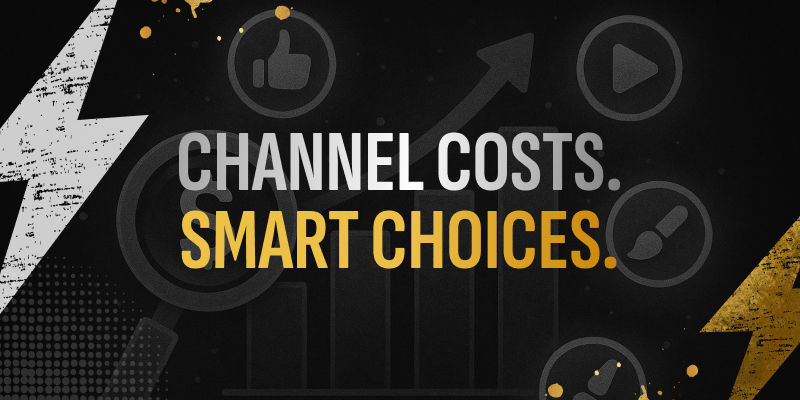
Channel planning is critical. Different sources react differently to seasonal shifts.
- Google Ads (Search/Display): Intent-driven traffic with higher CPCs but strong conversion quality. Costs increase in Q4 due to broader auction competition.
- Meta Ads (Facebook/Instagram): Visual, interest-driven campaigns. CPMs and CPCs are lower but can deliver higher CPAs due to softer targeting intent. Excellent for awareness and retargeting, especially in seasonal spikes.
- In-App/Mobile Ad Networks: Push notifications and in-app placements often deliver lower CPM/CPA but with variable quality. Seasonal cost patterns follow the overall market - cheaper in summer, more competitive in winter promotions.
We tailor media buying strategies for these variations, balancing volume goals with quality traffic and channel behavior.
Licensing and Market Segmentation Impact
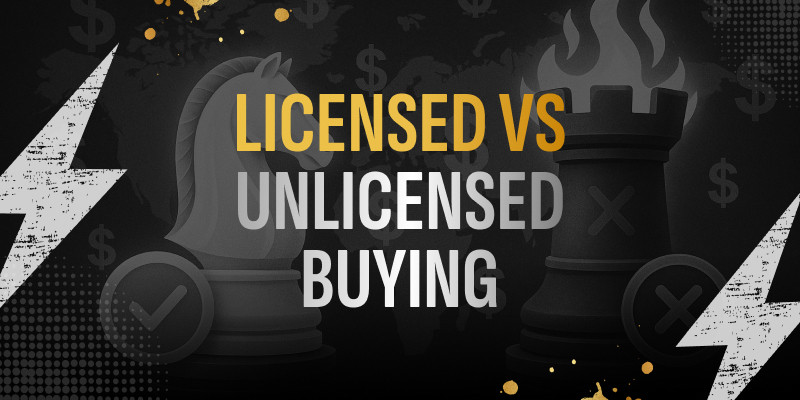
Seasonality in iGaming media buying is also shaped by operator type and licensing status.
- Licensed (White-Label) Operators: Heavily invest in Q4 and Q1. Their campaigns must meet strict regulations, ensuring predictable seasonal spikes tied to branded promotions.
- Unlicensed (Black-Market) Operators: Operate without regulated channels, using affiliates, push, and grey inventory. Their seasonal activity is less predictable and more influenced by local enforcement.
Understanding these dynamics helps us plan competitive strategies that deliver fraud-free traffic even in high-pressure periods.
Post-COVID Baseline Changes
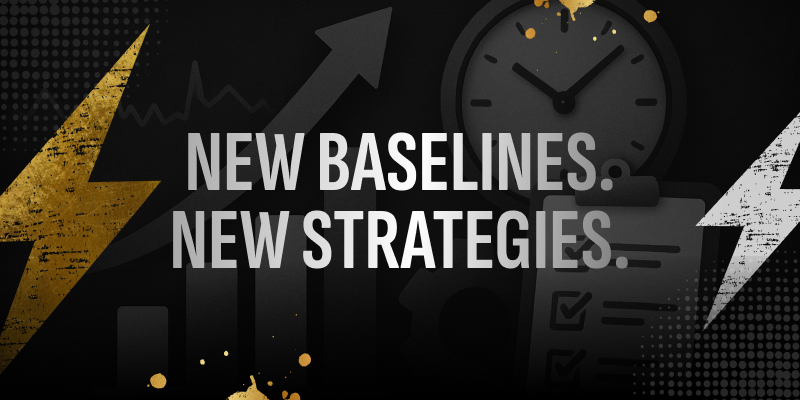
The COVID-19 period reset online gambling’s baseline. Lockdowns boosted overall usage, with markets like the Netherlands seeing licensed gaming revenue rise ~85% in 2022 after restrictions eased.
Today:
- Online gambling accounts for ~39% of total European gaming revenue in 2024, up from 37% in 2023.
- Mobile-first behavior dominates: Mobile channels made up 58% of Europe’s online gambling revenue in 2024.
- Audience shifts: A broader, more diverse demographic engages with online gambling, including more women and older players.
These trends shape user acquisition planning. Brands need creatives that respect evolving user expectations and platforms that support fraud-free acquisition at scale.
Our Approach to Seasonal Strategy
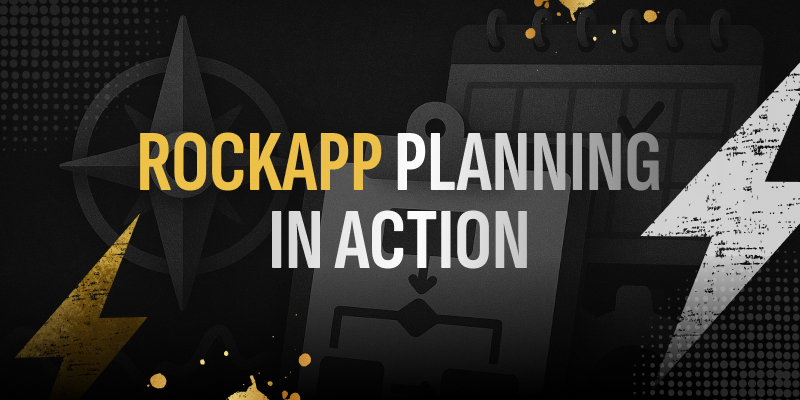
At RockApp, we treat seasonality as a core input in performance marketing strategy.
We don’t just adjust budgets. We rethink:
- Creative planning: Tailoring offers, bonus framing, and visual cues to match seasonal context.
- Channel sequencing: Balancing intent-heavy search with awareness and retargeting on Meta and in-app.
- Bid pacing: Managing auction pressure in Q4 while building efficient volume in Q3.
The strongest outcomes we see come from campaigns that plan for these cycles, test aggressively in low-cost periods, and scale decisively when demand spikes.
Final Thoughts
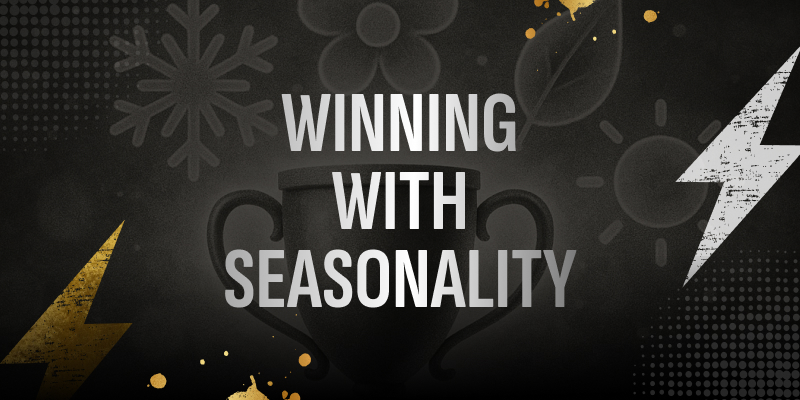
Seasonality remains one of the most important planning variables in iGaming user acquisition. Operators who structure campaigns around these rhythms don’t just manage costs - they gain a strategic edge.
At RockApp, we help brands navigate these cycles with media buying systems built for precision, creative workflows designed for engagement, and planning that aligns with real user behavior.
Because in this business, timing isn’t everything. But it changes everything.




